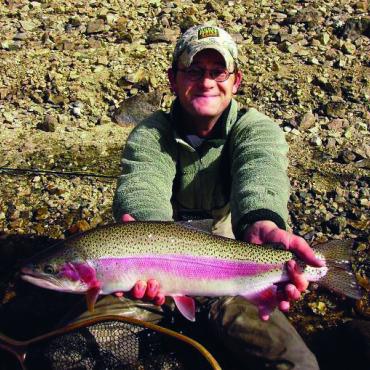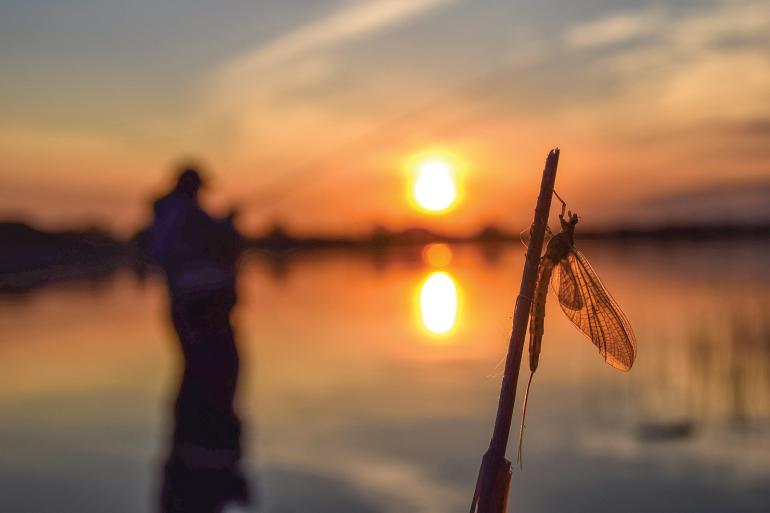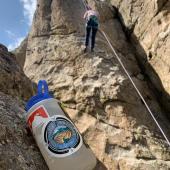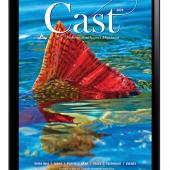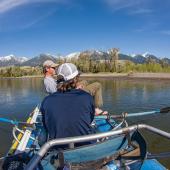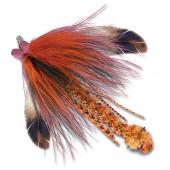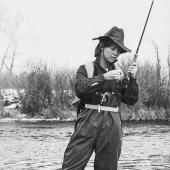Bug Bites
Entomology for anglers.
Perhaps one of the reasons many folks find fly fishing for trout intimidating is the entomology aspect of the activity. Trout in southwest Montana eat a lot of insects. Having a rudimentary knowledge of bugs, and where they are at in their lifecycles, will help you pick the patterns you need, and hopefully catch more fish.
Midges
“Midge” is a broad-brush term for tiny, two-winged, mosquito-like insects that live in and around water. Midges and midge larva are the trout equivalent of a bowl of peanuts and a bag of chips. Trout eat midges year-round, provided that the air and water temperatures are conducive to a hatch. These clumsy fliers inevitably end up on the water’s surface post-mating, forming easily-recognizable clusters. If you see fish sipping these clusters, tie on a Buzz Ball, Griffith’s gnat, or Caviar midge.
Mayflies
Many, many species of mayfly live in and around the rivers of southwest Montana, and they are a staple in the daily diet of the average trout. Mayflies are easy to identify by their upright, sail-like wings when they are resting on the surface. Blue-winged olives, pale morning duns, and green drakes are all species of mayfly.
When hatching, the emerging mayfly is trapped in the surface film as it struggles to free itself from the nymphal shuck. Once this process is complete, the mayfly is in the full, adult stage. For anglers, it can be confusing as to which stage is enticing the fish to eat. If a half-dozen presentations with a parachute Adams, Purple Haze, or Compradun don’t conjure up a bite, it’s probably time to switch to an emerger or cripple pattern such as a Quigley cripple, partridge soft-hackle, or RS2.
Caddis
Caddisflies, depending on the species, hatch in southwest Montana from late April through mid-October. During emergence, the caddis rocket to the surface via the aid of an attached air-bubble. Soft-hackle CDC nymphs are great imitations of this caddis phase. I also like to dab a miniscule amount of dry-fly flotant on the head of any generic caddis emerger pattern to achieve the “bubble-rocket” effect. Once emerged, adults are easily identified by their fluttering “dance” above the water’s surface on warm evenings. This behavior is the mating swarm, and shortly thereafter the female caddis will fall onto the water and lay eggs. To imitate the adult caddis, try a basic elk-hair caddis, or an X-caddis.
Stoneflies
Stoneflies are big, buggy, easily-identifiable morsels. They have three sets of legs along the length of their body, a bifurcated tail, long swept-back wings, and a set of long, horn-like antenna. Both the adult and nymphal stages look as if they crawled out of a B-grade sci-fi flick. The most pursued member of the stonefly family is the salmonfly, or Pteronarcys californica. This species hatches from mid- to late June and into early July. When imitating the adult stonefly, the Chubby Chernobyl is a tried-and-true pattern.
Terrestrials
For the most part, trout are not specialists, they are opportunists. Trout often rely on non-aquatic insects as a staple in their diet. Grasshoppers are the most common and popular terrestrial pattern during mid-summer. If the fish become picky, don’t hesitate to try an ant pattern or even a beetle.
Kurt Dehmer owns Durty Kurty's Guide Service in Bozeman.


